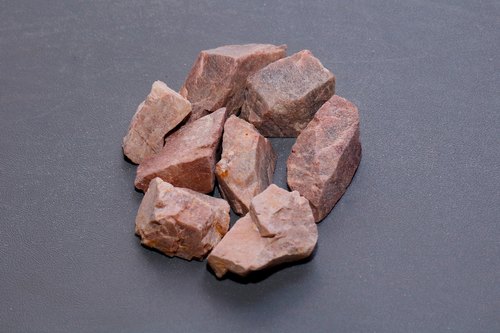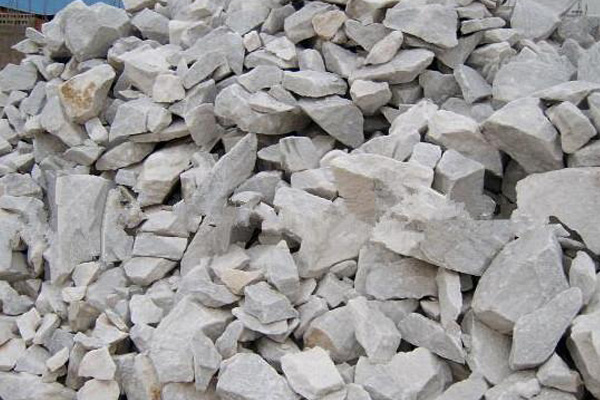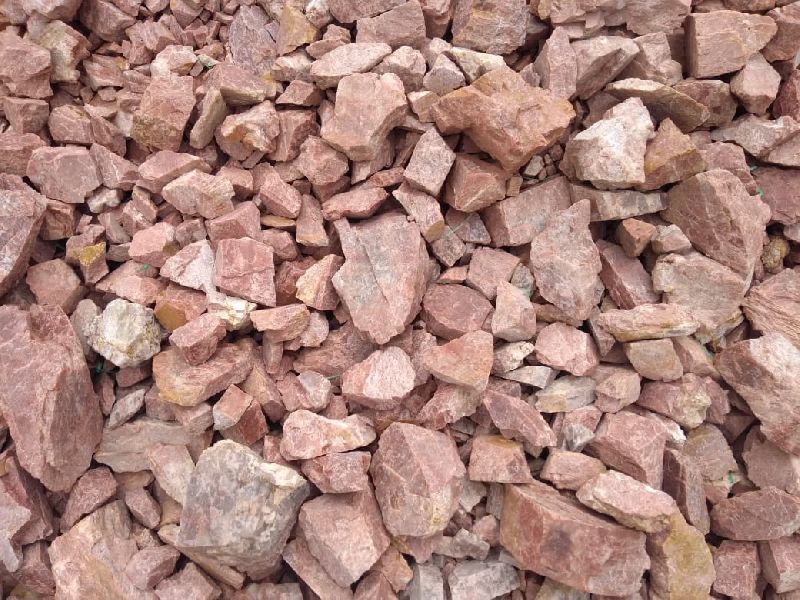Soda Feldspar
Soda Feldspar is generally a clean white mineral that sources sodium, alumina and silica along with some potassium and ohter mineral.They all have some K2O and small amounts of other contaminants.
Basically, the two properties which make feldspars useful for downstream industries are their alkali and alumina content. Feldspars play an important role as fluxing agents in ceramics and glass applications, and also are used as functional fillers in the paint, plastic, rubber and adhesive industries.


